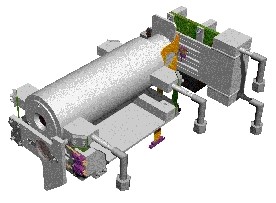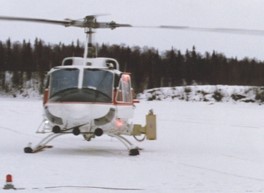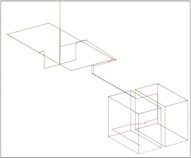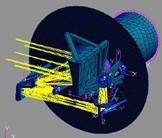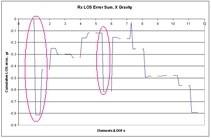Colleagues:
Do you remember the Great LCD Projector Wars? I certainly do!
One of AEH’s jobs was to align three LCD images on the screen to 1/10th pixel accuracy and hold them there over long periods of time and over large swings of temperature. The alignment was performed with adjustable fold mirrors to control the Tx, Ty and Rz degrees of freedom of each image. A simple Ivory-in- Excel analysis told us it required a stroke of 17 mr. and a resolution of 0.00026 mr. on each of the fold mirrors.

AEH
had some other resources to bring to the table as well. We were able to
adapt AEH’s patented set-n-forget actuator technology (Intended
for JWST) to the design and manufacture of the mirror mounts. There was a
bit of a breathless interval, however, because AEH could not measure the
sub-microradian resolution. The test was to install the mounts and turn
on the projector. The system worked wonderfully, which verified the
precision of the mirror mounts and the Ivory
analysis.
Here’s to taking care of three images!
Well, that was then and now is NOW.
The great September 1/4 off sale
of AEH/Ivory 3.0 Optomechanical Modeling
Tools has only a few more days to run! Reserve your copy
today.
Happy Autumn.
Al H.
9-23-15



